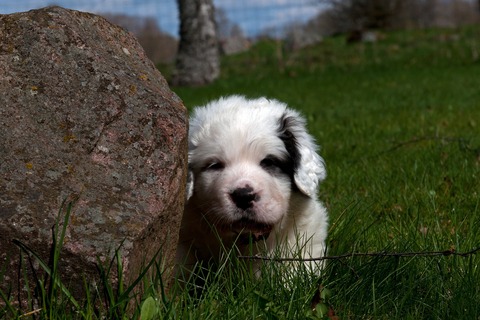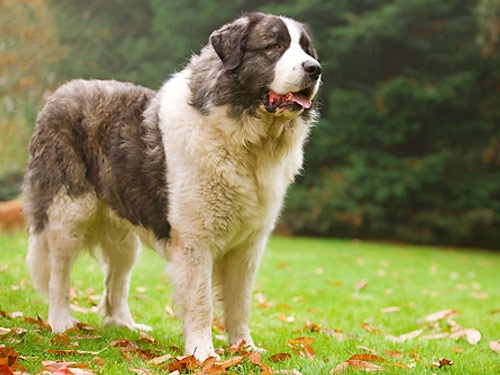
The Kingdom of Aragon was a realm as far back as 1035. Situated in northeastern Spain, its name came from the river Aragon that flows by the city of Jaca. Some linguists think its name might be of Bosque origin (from Aragona/Haragona, or “good upper valley”), but others suspect it may have come from the early Roman province of Hispania.
When Ferdinand II of Aragon married Isabella I of Castile in 1474, the Kingdom of Aragon was merged with the Kingdom of Castile. In time, this joint Kingdom would evolve into the modern nation of Spain, but to this day, the people of Catalonia have maintained an independent identity and language.

Image found on Pinterest and happily credited upon receipt of information
The dogs that emerged out of this region’s history also retained their early names, and we were reminded of this by a recent comment left by someone from Spain under a video we did back in 2019.
But first, a little more background on the dogs.
Castilla and Aragon were the ruling kingdoms, but each had a very different way of life from the other. Castilla was wide and flat country, and management of large herds of sheep was governed by rules established by the “Honrado Concejo de la Mesta.” The rules included how dogs that guarded the stock were to be treated. Today, these dogs are known as Spanish Mastiffs.
In the Kingdom of Aragon, the “Honrado Concejo de la Mesta” had no authority, and herding rules differed from one valley to the next. The dogs entrusted to protect the flocks from wolves and bears found in the Pyrenean Mountains were known as Aragonese Mastiffs, and this was the name used by the person who left a comment under our video. In the United States, we know this breed as the Pyrenean Mastiff, (though they were also called “Mostin,” “Mostín,” or “Mostín d’Aragón” from the old Aragonish language). Below is the comment that was left under the video:
“In Spain, they have been with us between 4 and 5 thousand years (archaeological remains). These are Aragonese mastiffs or Pyrenean mastiffs, we affectionately call them the good giant, due to their character towards their loved ones, family, children, in their work (keeping properties or herds) are the best, they do not like strangers and they become brave and very very fierce and brave to the point of giving their life to defend the herd, property or family. If you arrive at a property here and you see these phenomena, it doesn’t occur to us to get out of the car, until its owners appear (better safe than sorry) and if the owners aren’t there, it’s better to get out of there. They are loving, very intelligent, noble, a madness of race. Those of you who have one of this noble race know what I am talking about.”
Evidence of the importance of these dogs to their owners is that they were looked after carefully, and given the same ration of food as was given to the shepherds. The theft of such a dog was fined with five sheep and was obligatory to return all lost mastiff being unlawful its possession.
In what is now an all too familiar story for so many breeds is how technological advancement hurt working dogs, and the Pyrenean Mastiff was not immune. Happily, a group of fanciers founded the Pyrenean Mastiff Club of Spain in 1977 to promote and protect this marvelous breed. In 2002, the Government of Aragon acknowledged the Pyrenean Mastiff as a native breed of Aragon, and granted it official recognition as an element of the historical, cultural, and socioeconomic of Aragon.
Image: Five week old Pyrenean Mastiff puppy © Stig Karlsson | Dreamstime.com
